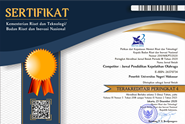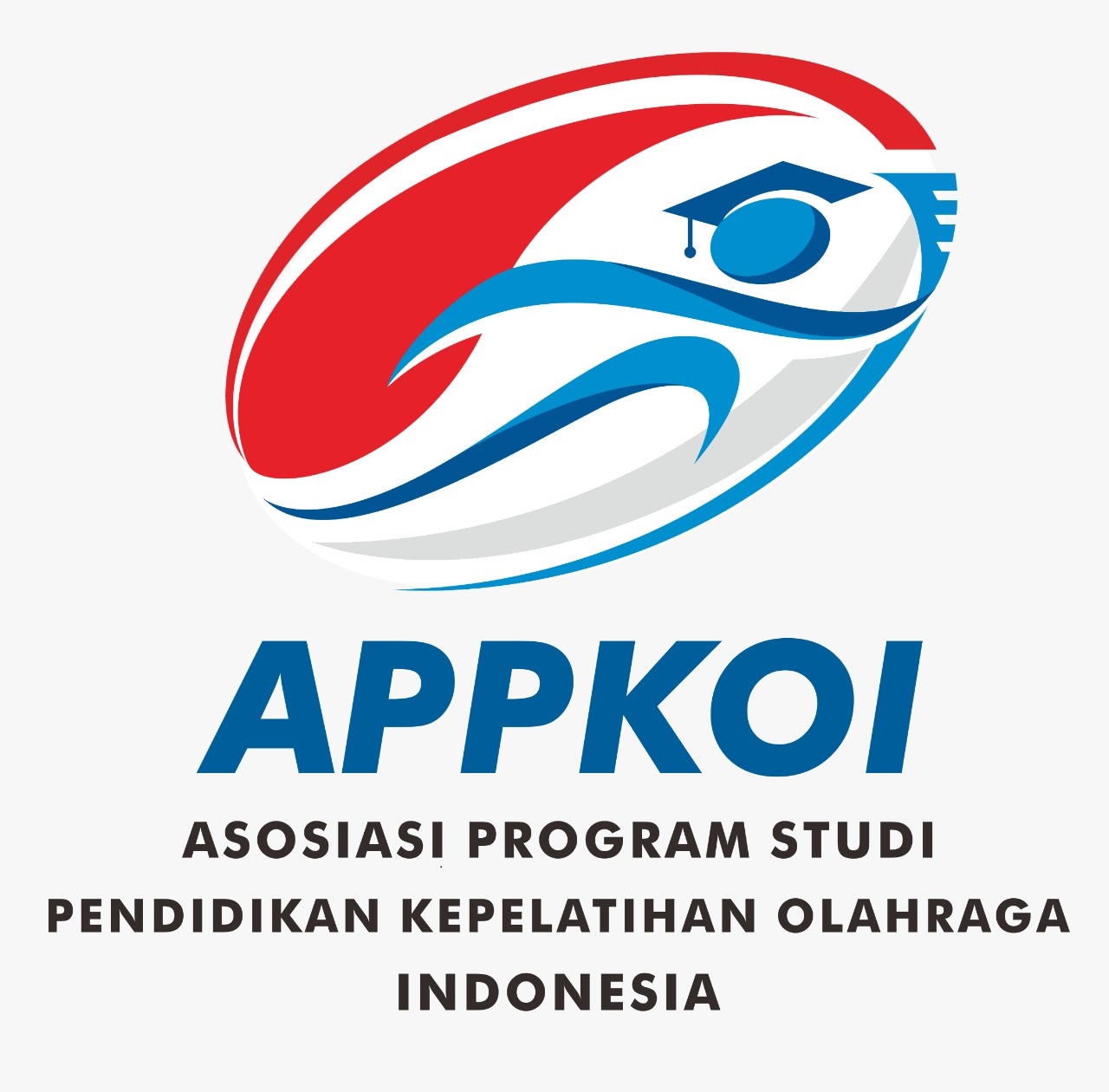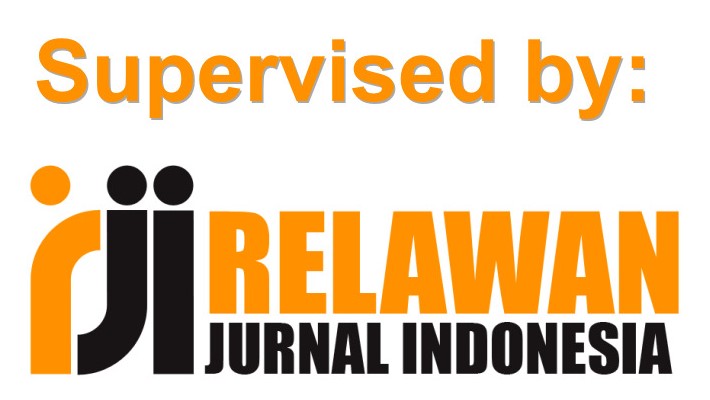SAINTIFIC APPROACH WITH NUMBER HEAD TOGETHER LEARNING MODEL CAN IMPROVE SPRINT LEARNING OUTCOMES
(1) Universitas Negeri Makassar
(2) Universitas Negeri Makassar
(*) Corresponding Author
DOI: https://doi.org/10.26858/cjpko.v13i1.16091
Abstract
This study is a classroom action research that aims to discover the level of learning outcomes through a scientific approach with the Number Head Together learning model in grade IV. Students at SDN Mangkura I in Makassar City, in the first semester of the academic year 2019/2020, which consisted of 31 students. The study was conducted in two cycles where each cycle consisted of four stages, namely: planning, acting, observing, and reflecting. Cycle I and cycle II were held for 4 meetings. Data collection of learning outcomes was conducted by using observation sheets, worksheets, and the mobility test at the end of the cycle I and cycle II. The collected data were then analyzed quantitatively. Based on those data, the result of the sprint running technique shows that students who completed the learning in the first cycle were 3 people with a percentage of 9.67%, and students who did not complete the learning were 28 people with a percentage of 90.32%. Whereas in cycle II, 27 students completed the learning with a percentage of 87.09% and 4 students who did not complete the learning with a percentage of 12.91%. The result of the analysis also shows that there is an increase in learning outcomes of sprint running techniques for grade IV. Students at SDN Mangkura I in Makassar City. Based on the results of the study it can be concluded that the implementation of a scientific approach with the Number Head Together learning model can improve the learning outcomes.
Keywords
Full Text:
PDFReferences
Afandi, MSP, Evi Chamalah, SP Oktarina Puspita Wardani, H. Gunarto, and M. Hum. (2013). Model dan Metode Pembelajaran di Sekolah. UNISSULA PRESS.
Bangun, Sabaruddin Yunis. (2016). Peran Pendidikan Jasmani Dan Olahraga Pada Lembaga Pendidikan Di Indonesia. Publikasi Pendidikan 6(3).
Daryanto. (2018). Penelitian Tindakan Kelas Dan Penelitian Tindakan Sekolah. Yogyakarta: Penerbit Gava Media.
Hafifudin, Abdul. (2014). Permendikbud No. 66 Tahun 2013 Tentang Standar Penilaian Pendidikan. www.slideshare.net. Retrieved (https://www.slideshare.net/mobile/AbdulHafifudin/permendikbud-no-66-th-2013-ttg-std-penilaian).
Hakim, Lukmanul. (2013). Sistem Penilaian Dalam Kurikulum 2013. Www.Academia.Edu. Retrieved (https://www.academia.edu/5253890/Sistem_Penilaian_dalam_Kurikulum_2013_Kajian_Dokumen).
Husamah, Yuni Pantiwati, Arina Restian, and Puji Sumarsono. (2016). Belajar dan Pembelajaran. Malang: UMM Pres.
Ibrahim, R. and Nana Syaodih. (1996). Perencanaan Pengajaran. Jakarta: Penerbit Rineka Cipta.
James, Keefe and Jenkins Jhon. (2013). Instruction and the Learning Environment. USA: Routledge.
Musfiqon, Muhammad and Nurdyansyah. (2015). Pendekatan Pembelajaran Saintifik. Sidoarjo: Nizamia Learning Center.
Purwanto, Ngalim. (2017). Psikologi Pendidikan. Bandung: PT Remaja Rosdakarya.
Article Metrics
Abstract view : 198 times | PDF view : 38 timesRefbacks
- There are currently no refbacks.
Copyright (c) 2021 Hasniah Hasniah

This work is licensed under a Creative Commons Attribution 4.0 International License.
COMPETITOR IS LICENSED BY :
 COMPETITOR is licensed under a Creative Commons Attribution 4.0 International License.
COMPETITOR is licensed under a Creative Commons Attribution 4.0 International License.
COMPETITOR EDITORIAL LOCATION :
![]() Kampus FIK Banta Bantaeng, Jalan Wijaya Kusuma Nomor 14, Rappocini, Makassar, Postal Code 90222
Kampus FIK Banta Bantaeng, Jalan Wijaya Kusuma Nomor 14, Rappocini, Makassar, Postal Code 90222
COMPETITOR IS INDEXED BY















